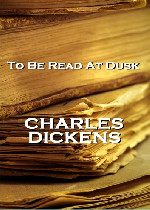
One, two, three, four, five. There were five of them. Five couriers, sitting on a bench outside the convent on the summit of the Great St. Bernard in Switzerland, looking at the remote heights, stained by the setting sun as if a mighty quantity of red wine had been broached upon the mountain top, and had not yet had time to sink into the snow. This is not my simile. It was made for the occasion by the stoutest courier, who was a German. None of the others took any more notice of it than they took of me, sitting on another bench on the other side of the convent door, smoking my cigar, like them, and—also like them—looking at the reddened snow, and at the lonely shed hard by, where the bodies of belated travellers, dug out of it, slowly wither away, knowing no corruption in that cold region.
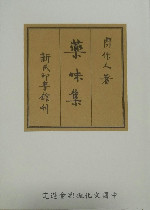
本书是周作人十分具有代表性的子集之一,收录了周作人二十余篇经典的散文作品。他的文章多是描写生活中最为寻常的片段,字里行间也是满满的恬淡平和,却能洞穿人心,往往寥寥数语便会令读者着迷。本书中的周作人是懂生活的人,他笔下的一草一木、飞虫雨露都带着灵气,遥远却不失真。透过本书他信手为世人打开了一扇窗,透过那扇窗让我们依然可见当年古朴的市井原态和时代风貌。从作者散文创作来看,本书与《夜读集》风格相近,曾于1941年由国际文化振兴会出版单行本。“药味”之命,乃是因为书中所收文章,看似闲适,但是用心品茗却令人颇感苦闷,在苦味中希望能对他人有所裨益,故以此为名。“痛,并快乐着”,或许就是本书吸引读者的一大特点。
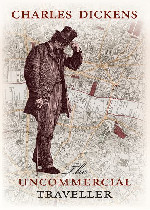
The Uncommercial Traveller(不做生意的旅行者) 立即阅读
The Uncommercial Traveller is a collection of literary sketches and reminiscences written by Charles Dickens, published in 1860-1861. In 1859 Dickens founded a new journal called All the Year Round and the Uncommercial Traveller articles would be among his main contributions. He seems to have chosen the title and persona of the Uncommercial Traveller as a result of a speech he gave on 22 December 1859 to the Commercial Travellers' School London in his role as honorary chairman and treasurer. The persona sits well with a writer who liked to travel, not only as a tourist, but also to research and report what he found visiting Europe, America and giving book readings throughout Britain.
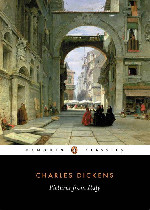
Pictures from Italy(意大利风光) 立即阅读
Pictures from Italy is a travelogue by Charles Dickens, written in 1846. The book reveals the concerns of its author as he presents, according to Kate Flint, the country "like a chaotic magic-lantern show, fascinated both by the spectacle it offers, and by himself as spectator". In 1844, Dickens took a respite from writing novels and for several months traveled through France and Italy with his family. They visited the most famous sights: Genoa, Rome, Naples (with Vesuvius still smouldering), Florence and Venice. In his travelogue the author portrays a nation of great contrasts: grandiose buildings and urban desolation, and everyday life beside ancient monuments. But it is his encounters with Italy's colorful street life that capture the imagination.
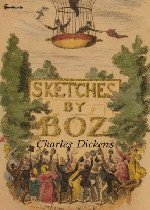
Sketches by "Boz," Illustrative of Every-day Life and Every-day People (commonly known as Sketches by Boz) is a collection of short pieces Charles Dickens originally published in various newspapers and other periodicals between 1833 and 1836. They were re-issued in book form, under their current title, in February and August 1836, with illustrations by George Cruikshank. The first complete one volume edition appeared in 1839. The 56 sketches concern London scenes and people, and the whole work is divided into four sections: "Our Parish", "Scenes", "Characters" and "Tales". The material in the first three sections consists of non-narrative pen-portraits, but the last section comprises fictional stories.